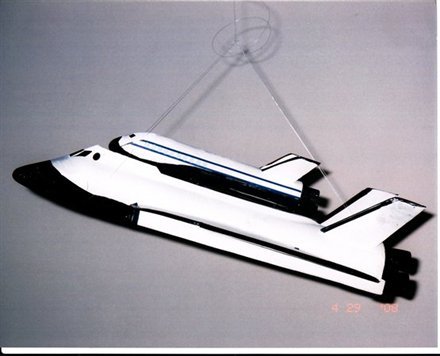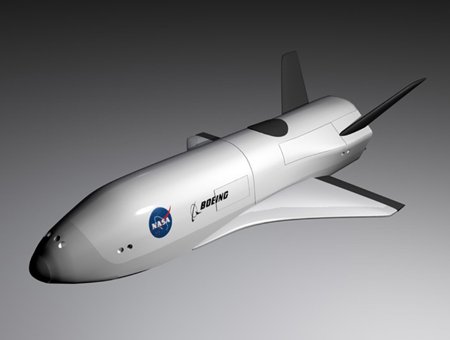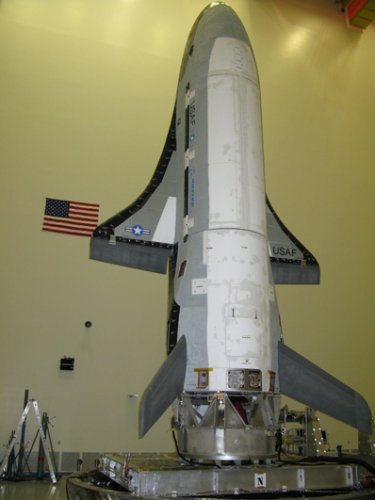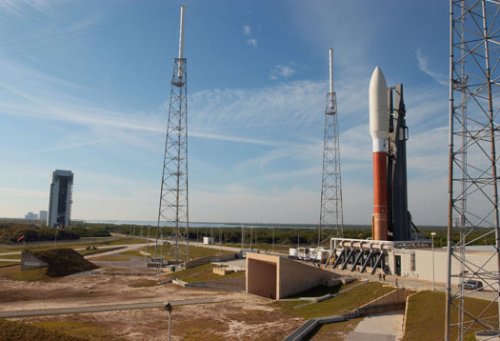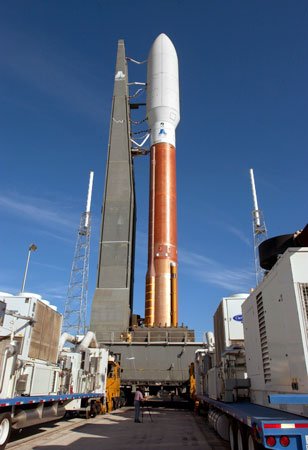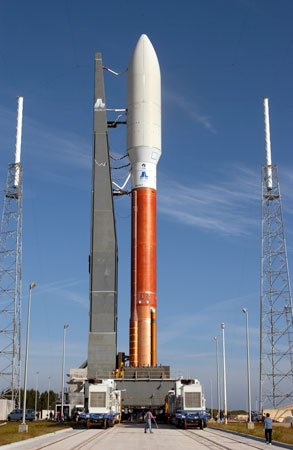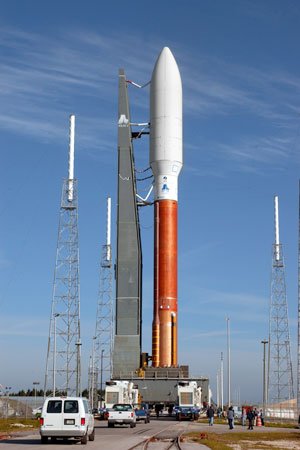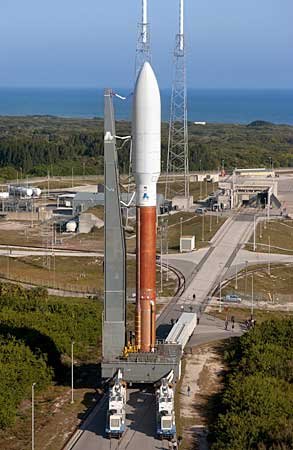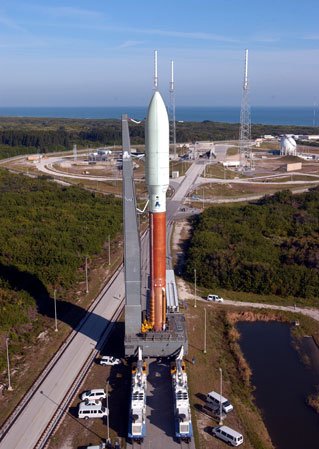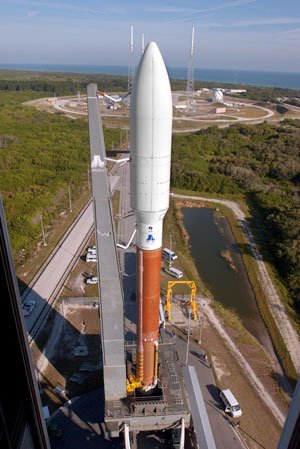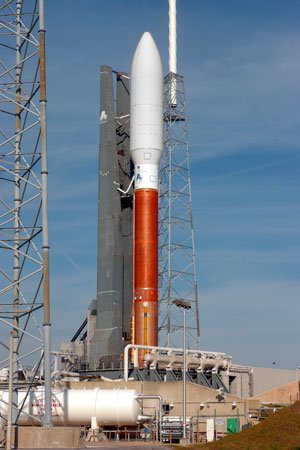XP67_Moonbat said:
OK Im gonna go out on a limb here, And I know you all will probably rip my head off anyway.
But what if the AF is doing this as an upgraded XSS-11 demonstration. Only key difference here, the upgraded part, is that this satellite inspector is reusable?
Nobody's ripping heads.
The problem with this theory is that it still doesn't explain the reusability part. If they want to do an upgraded XSS-11 demonstration, then why do they need to bring it back? Why not simply leave it up there? There's a big initial cost with the launch, and bringing something back for reuse later still requires an
expendable launch vehicle. Things only get cheaper if a) your entire launch vehicle is reusable, and b) you have a high flight rate. Neither applies for the X-37B.
It would be a worthwhile exercise for somebody to research the history of attitudes toward reusability. When NASA was first pitching the space shuttle in the early 1970s, they argued that payloads could be refurbished and reused. That didn't happen except with the Hubble. There were a few instances where satellites were fixed in orbit (Solar-Max, the Palapas and the Intelsat VI comsat), but they were the exception to the rule. NASA never adopted the approach themselves, and did not design their own LEO satellites for refurbishment by the shuttle. It would be interesting to ask why.
Supposedly, NRO did an assessment of the benefits of reusability and refurbishment in the 1980s and determined that by the end of its lifetime, too many things had worn out on a spacecraft to make refurbishment practical--it's why you buy a new car after ten years instead of completely rebuilding the old one. And then there's the issue of technological obsolescence.
Comsat operators have apparently determined that they would rather throw away a comsat after a 12 year lifetime and replace it instead of refueling it. The reason is primarily because a new comsat will have far greater capacity. This is one of the reasons why the concept of fuel depots never took off in the commercial world, and something that their advocates don't pay much attention to.
So with the X-37B, the reason it is so puzzling is because it doesn't make sense according to the conventional rules that we've seen emerge over the past four decades.

